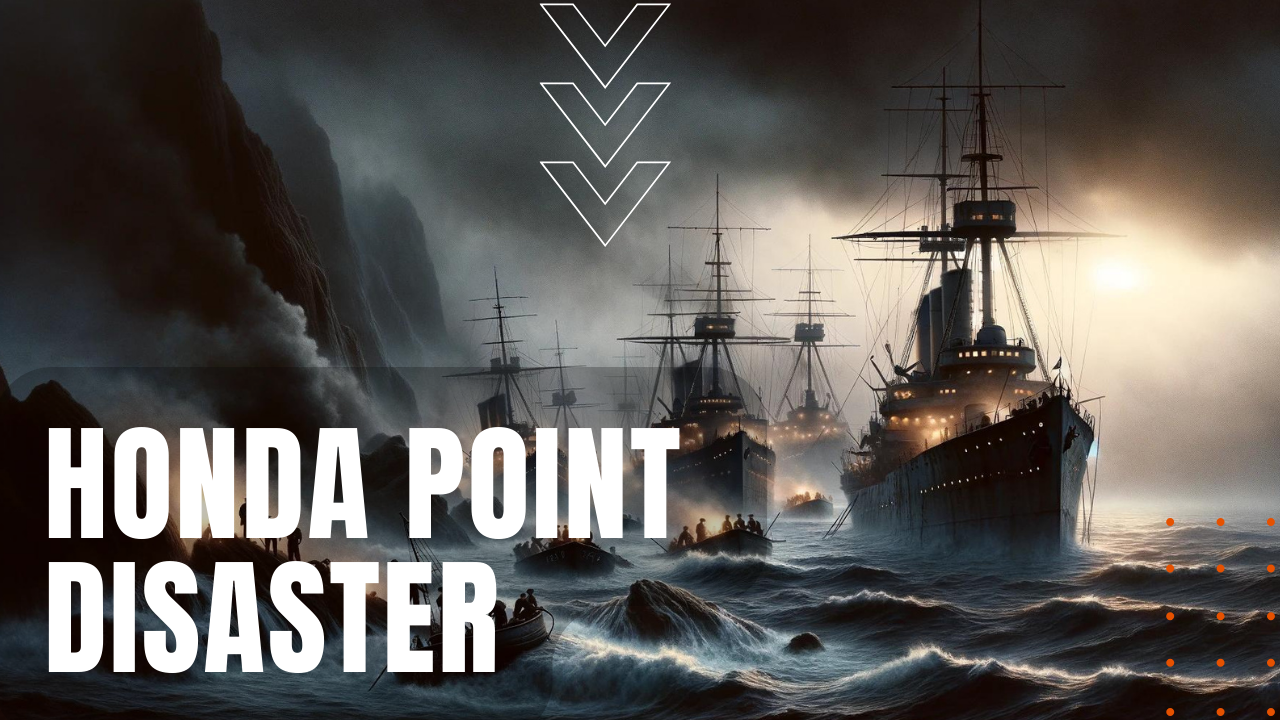The Honda Point Disaster

A week before catastrophe struck the U.S. Navy—the worst peacetime disaster in American naval history—on September 1st, 1923, Japan was struck by a magnitude 7.9 earthquake, which flattened much of Tokyo and Yokohama, while taking the lives of an estimated 100,000 people. A week later, unusually large waves and powerful currents had crossed 5,000 miles of open Pacific Ocean to batter the California coastline, including Honda Point, just north of the entrance to the Santa Barbara Channel.
Dangerous Conditions & Speed
Despite the challenging conditions, 14 Clemson-class destroyers of Destroyer Squadron 11 undertook a high-speed training run from San Francisco to San Diego, maintaining 20 knots in tight formation that led to a perfect storm of human error. Known to be a hazardous obstacle as far back as the 16th century, when Spanish explorers named Honda Point “Devil’s Jaw” due to its plentiful ship-eating rock formations, on the evening of September 8th, 1923, Captain Edward H. Watson ignored recent developments in radio navigation techniques, relying instead on dead reckoning as his tight formation of ships battled turbulent seas and blinding fog.
Mass Failures
Aboard his lead ship the USS Delphy, Watson’s navigator also ignored his radio navigation aids that indicated DesRon 11 was off course by several miles to the northeast, instead believing in the accuracy of his own dead reckoning calculations. As a result, five minutes after turning east for what they thought was the entrance to the Santa Barbara Channel, the formation met with disaster in a chaotic blink of an eye. When the USS S.P. Lee saw the Delphy come to a sudden stop a few hundred yards in front of her bow, the Lee turned hard to port in an effort to skirt disaster, instead, ramming the bluffs of Honda Point at a high rat of speed.
Unnecessary Disaster
In a time span of several minutes, the USS Woodbury, Nicholas, Young, Chauncey and Fuller all struck rocks and ran aground, before panicked sirens aboard the doomed ships allowed the remaining seven destroyers to drop speed and change course, despite substantial damage to the USS Farragut and Somers. Three crewmen aboard the Delphy and twenty aboard the Young would perish in the accident, leading to court-marshal charges of negligence for eleven naval officers, who were eventually acquitted and demoted in rank. The grounded ships were eventually sold for scrap for a little more than a thousand dollars total, making the Honda Point Disaster, a tragic wakeup call for the U.S. Navy.
